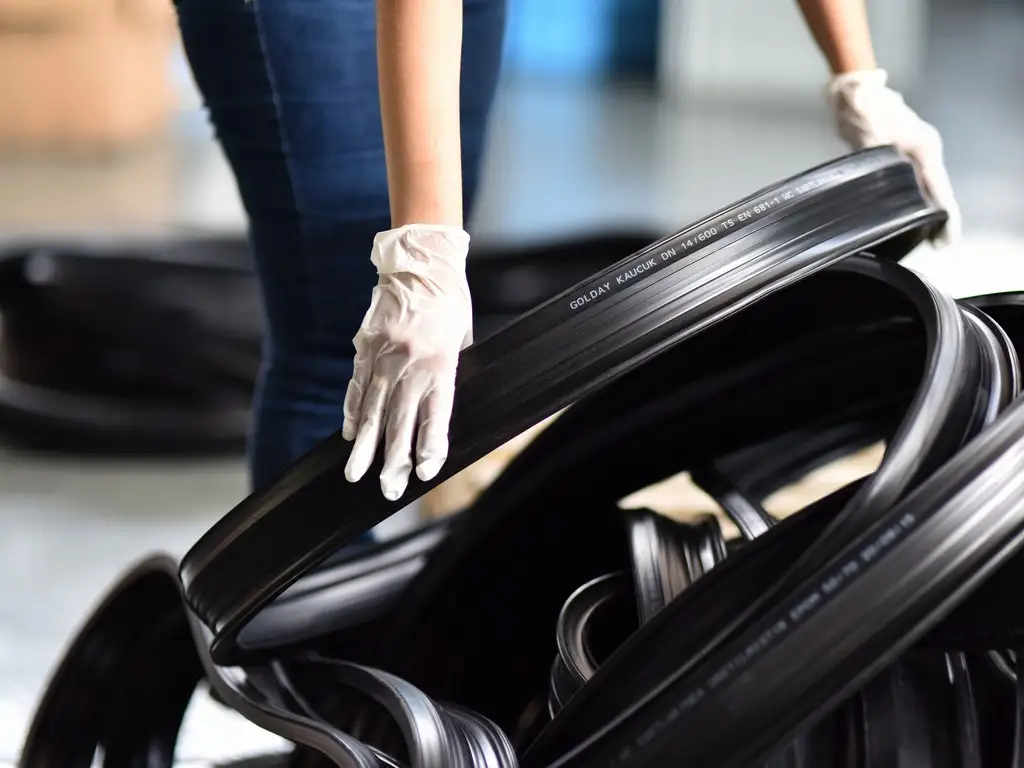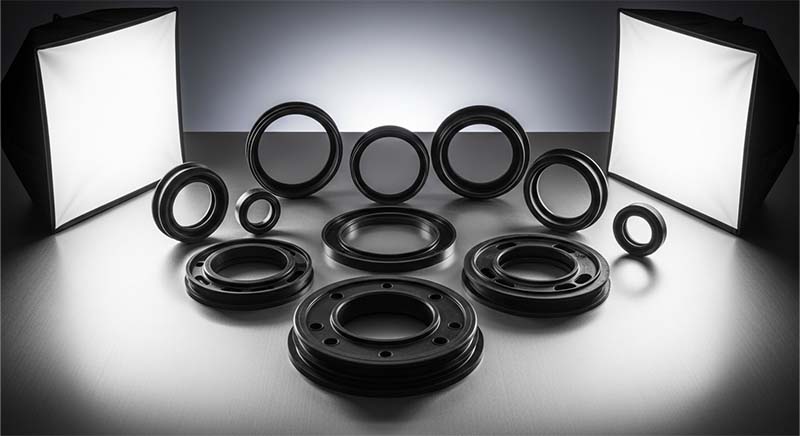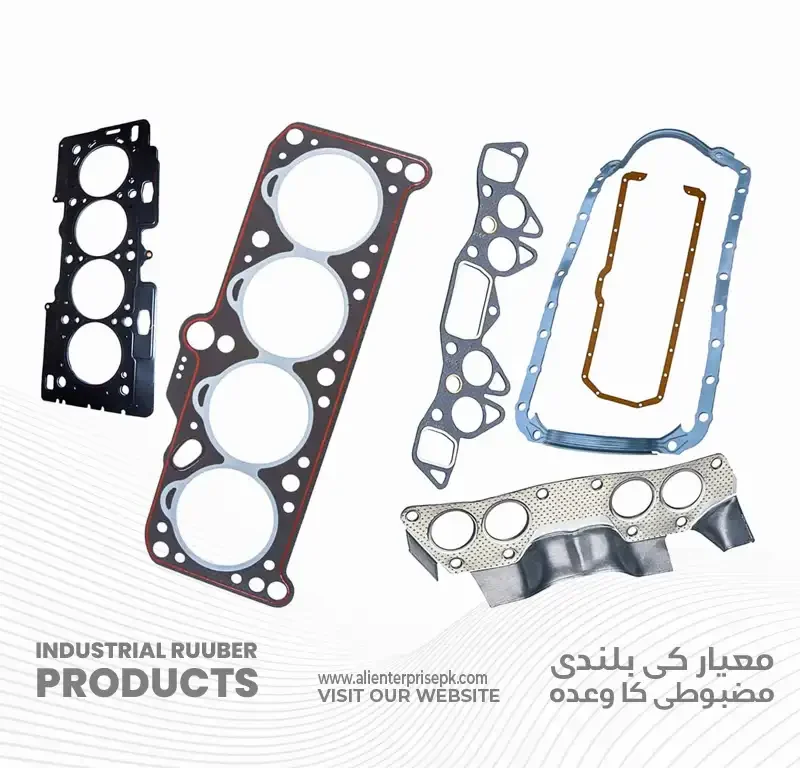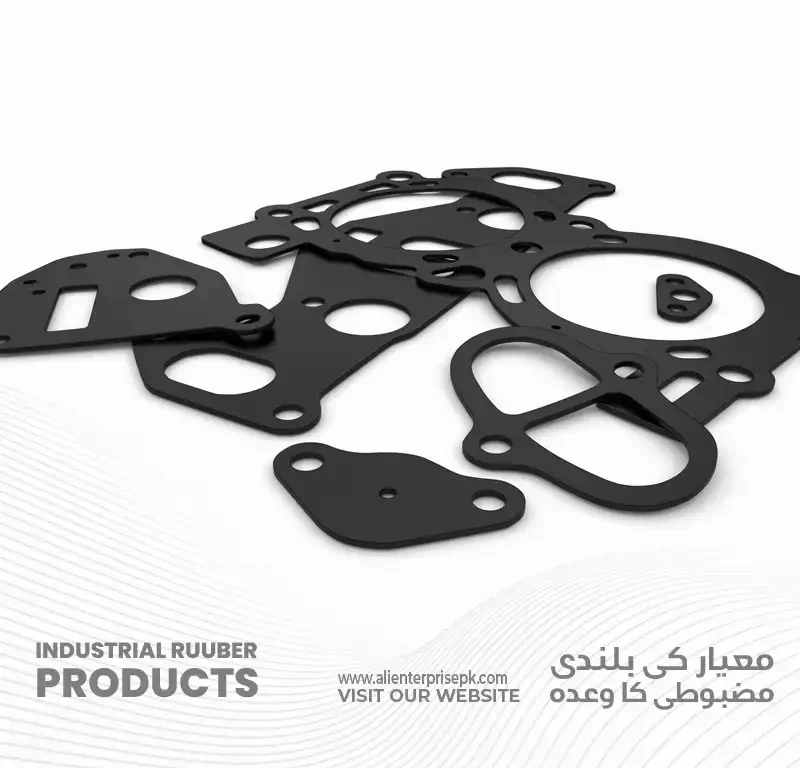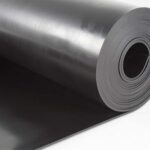
Revolutionizing Rubber Production: The Ultimate Guide
January 22, 2024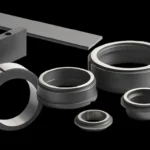
Unveiling the Power of Precision: A Comprehensive Guide to Carbon Seals
January 29, 2024Navigate the complex world of rubber materials with our guide on choosing the right one for your products. Discover the key factors to consider and make informed decisions for optimal product performance.
Introduction
Selecting the appropriate rubber material is a critical decision in product manufacturing. This guide provides seven invaluable tips to help you navigate the diverse options and choose the right rubber for your specific needs.
Understanding Rubber Materials
Before diving into the tips, it’s essential to have a basic understanding of the different types of rubber materials available. From natural rubber to synthetic compounds, each has distinct properties that impact performance.
Tip 1: Identify Your Product’s Requirements
Begin by clearly defining the requirements of your product. Consider factors such as flexibility, durability, temperature resistance, and chemical compatibility. Understanding your product’s specific needs sets the foundation for the material selection process.
Tip 2: Assess Environmental Conditions
Evaluate the environment in which your product will operate. Different rubber materials respond uniquely to temperature fluctuations, exposure to sunlight, moisture, and chemicals. Matching the material to the environmental conditions ensures longevity and performance.
Tip 3: Understand Material Hardness
Rubber hardness, measured on the Shore durometer scale, influences the material’s flexibility and resistance. Determine the ideal hardness for your product by considering factors like load-bearing capacity and the desired level of cushioning or rigidity.
Tip 4: Consider Chemical Compatibility
Certain applications expose rubber products to various chemicals. Ensure the selected material is compatible with substances it might encounter during use. Assess resistance to oils, acids, solvents, and other chemicals relevant to your product’s environment.
Tip 5: Evaluate Temperature Range
Rubber materials exhibit different temperature tolerances. Consider the expected temperature range your product will endure. Ensure the chosen material remains stable and functional within these parameters to prevent performance issues.
Tip 6: Factor in Production Processes
The manufacturing processes involved in producing your product can impact the suitability of rubber materials. Some materials may be better suited for specific molding or forming methods. Consider the production processes when making your selection.
Tip 7: Cost-Effectiveness
While prioritizing quality, also consider the cost-effectiveness of the chosen rubber material. Evaluate the overall lifecycle costs, including production, maintenance, and replacement expenses. Striking a balance between quality and affordability is crucial.
Conclusion
Choosing the right rubber material for your products is a nuanced process that requires careful consideration of various factors. By following these seven tips, you can make informed decisions that lead to optimal product performance and longevity.


